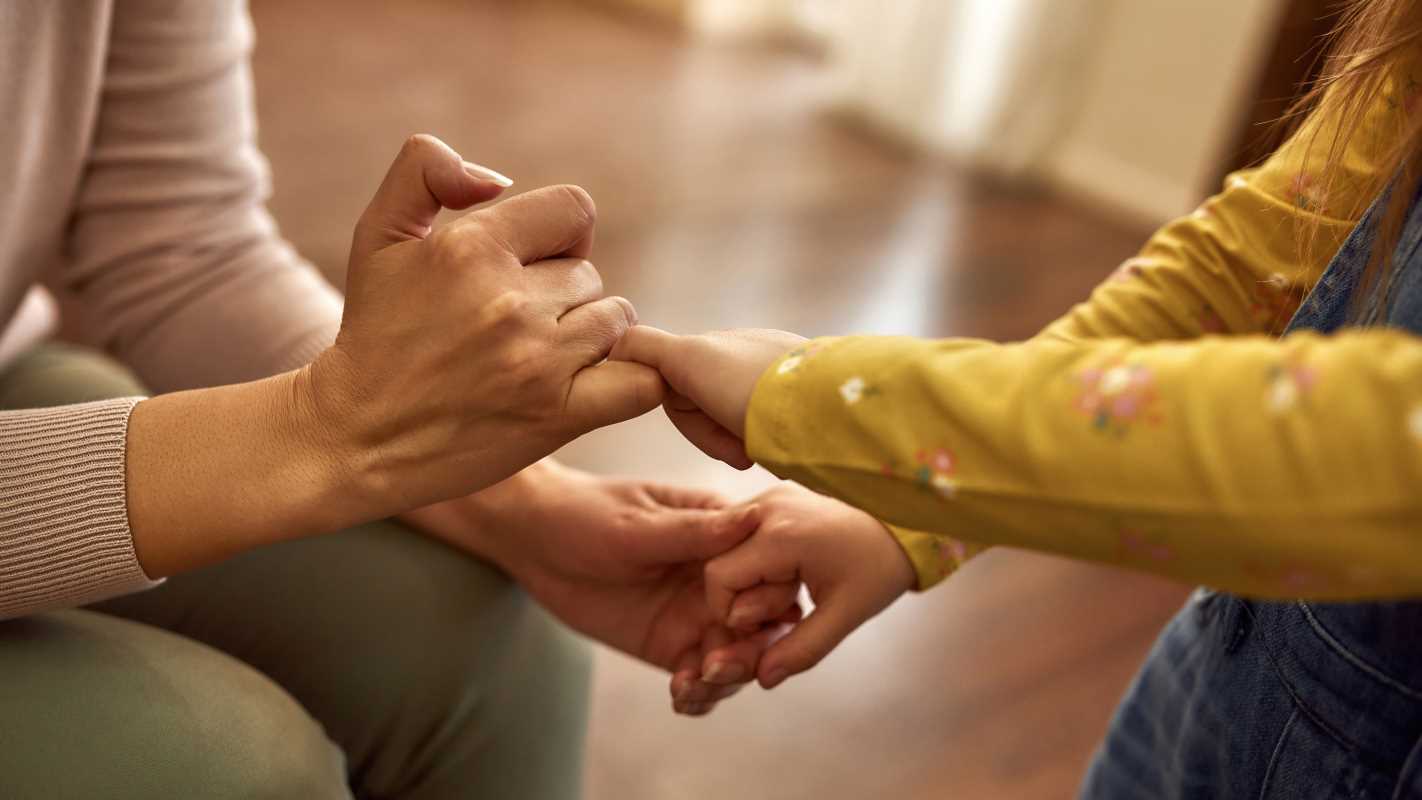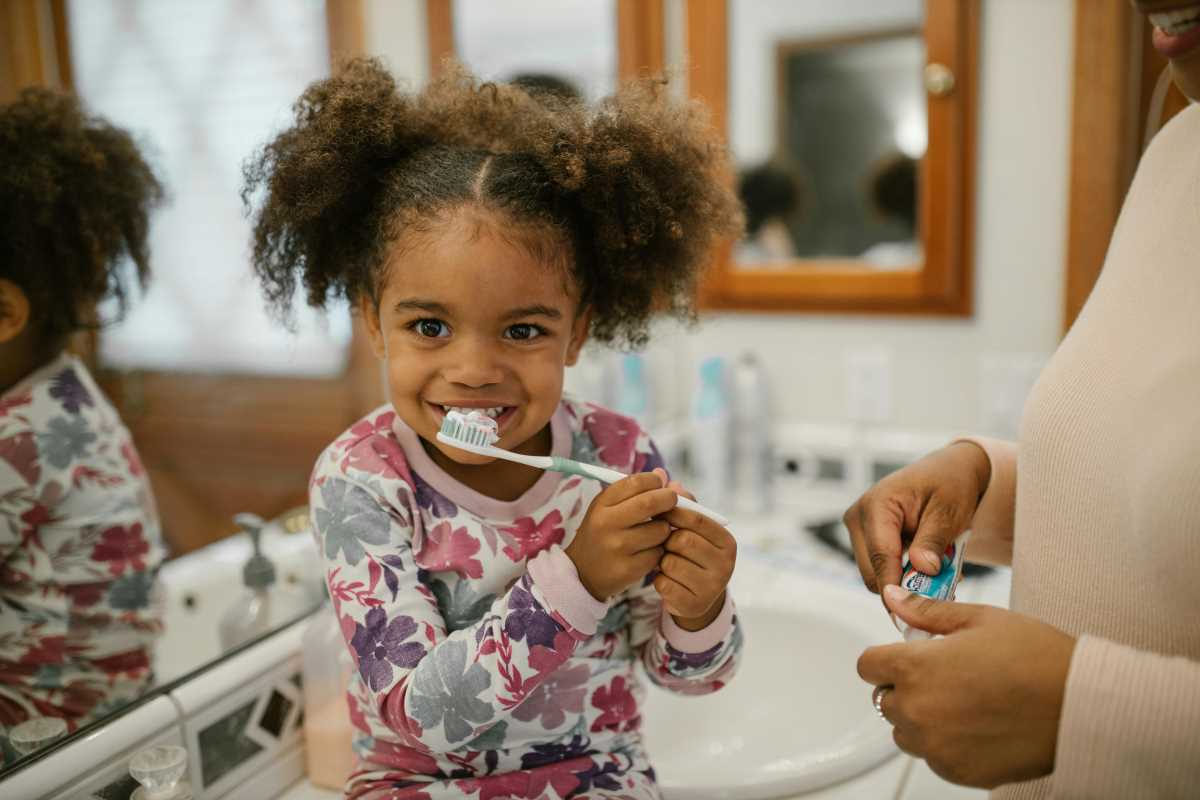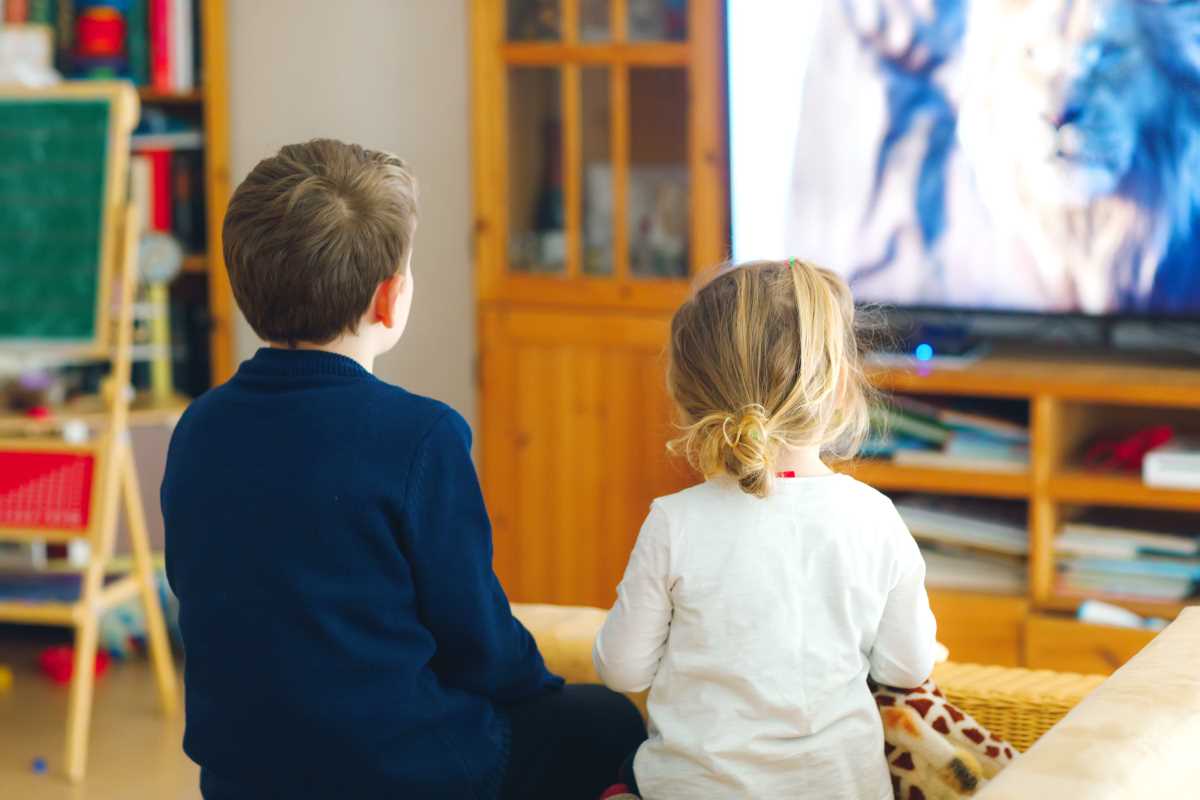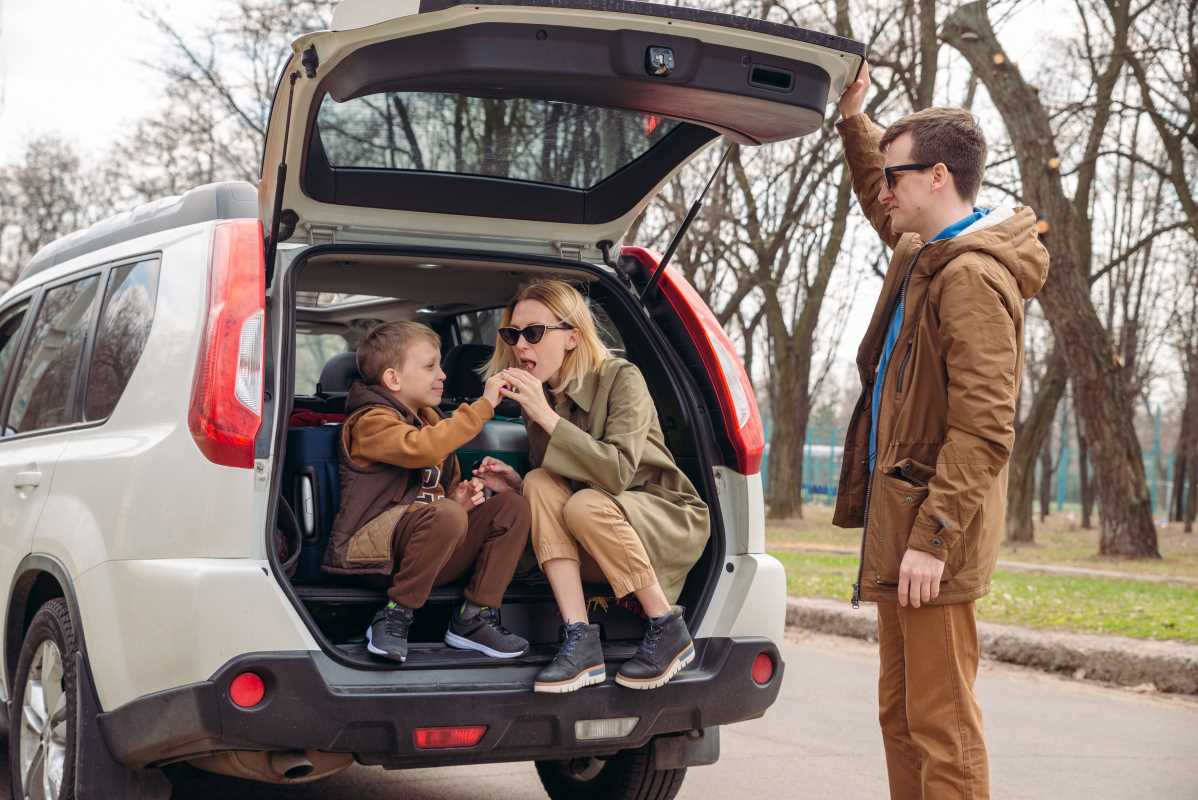Children often find clinics and hospitals overwhelming, with bright lights, unusual noises, and the sight of medical equipment making them feel uneasy. These environments can stir up anxiety and uncertainty, especially when children expect uncomfortable or painful procedures. When you introduce play and curiosity into each visit, you help ease their worries and replace fear with interest. This gentle approach allows children to explore their surroundings in a positive way, turning what might seem scary into a chance to learn and adapt. With a little creativity, each appointment becomes more manageable and even spark moments of joy.
Children pick up on energy and expectations. When you infuse a sense of exploration into every visit, they start seeing gowns and gloves as tools for discovery rather than sources of fear. This introductory section lays the groundwork for a fresh perspective on routine care.
Discovering Hidden Comforts in Medical Settings
Not every tool in a clinic whispers “procedure.” Some provide gentle reassurance. When you highlight comforting elements—warm blankets, colorful posters, friendly staff voices—you reveal layers of support that often slip under the radar.
Focus on sensory details that soothe: the texture of a pillow, the soft hum of a waiting-room aquarium, or the gentle glow of a nightlight-style lamp. By emphasizing these genuine touches, you offer children unexpected anchors of calm, reducing tension before a single step of the procedure begins.
Practical Tools to Prepare
- Fisher-Price Medical Kit – Toy kit with pretend stethoscope, thermometer, and syringe; encourages hands-on exploration to clarify instruments; purchase around $20–25 at major retailers; guide steps: unpack kit, demonstrate each tool’s gentle touch on a stuffed animal, let the child repeat three times, discuss how each item helps doctors; insider tip: tuck a favorite small toy into the kit’s carrying case to spark excitement before play sessions.
- Play-Doh Modeling Compound – Sensory clay for shaping imaginary organs; provides tactile engagement to explain body parts; costs about $3 per can; instructions: choose a color for each organ, mold shapes with simple rolling and pinching, label parts aloud, discuss how doctors check tissues, clean hands after play; insider tip: encourage storytelling by crafting a “Play-Doh hospital” on a baking sheet with mini figures.
- Daniel Tiger’s Neighborhood – Children’s animated series episode “Daniel Goes to the Doctor”; shows peer characters navigating checkups; free streaming via PBS Kids app; viewing guide: watch together, pause to ask predictive questions, replay comforting scenes, discuss what Daniel felt, apply a coping phrase like “I can do this” three times; insider tip: repeat favorite segments before appointments to reinforce positive associations.
- The Berenstain Bears Visit the Doctor – Illustrated paperback exploring checkup routines; category: children’s book retailing for $8–12; reading steps: introduce characters, point out medical tools on each page, summarize each sequence aloud, invite the child to flip pages, pause to ask how they might feel; insider tip: use a stuffed bear to “read to” after finishing to deepen connection.
- Khan Academy Kids – Educational app segment on human anatomy for ages 2–7; free download on iOS and Android; usage steps: install app, navigate to “Health & Body” section, complete two interactive lessons, earn a badge, review concepts with play toys; insider tip: mirror on TV screen via casting so multiple siblings can join the exploration.
Medical procedures often involve moments of uncertainty. By engaging with these real-world preparation tools, families create a sandbox of familiar shapes, sounds, and scenarios that translate seamlessly into clinical settings.
Using Familiarization Techniques
These hands-on tools introduce health-related concepts in a playful, reassuring way.
Breath Ball
Category: Respiratory Tool
Price: ~$15
Method:
- Instruct the child to blow steadily to keep the ball afloat.
- Count breaths for a full minute.
- Repeat five times, demonstrating slow exhalation.
- Insider Tip: Tie a colorful ribbon to the ball to turn each breath session into a playful endurance game.
Dr. Brown’s Soothing Pacifier
Category: Oral Comfort Aid
Price: $5–7
Steps:
- Introduce the pacifier before nap times.
- Practice holding it for three minutes.
- Model a calm, positive tone when offering it.
- Reinforce slow breathing while in use.
- Store in a small designated pouch.
- Insider Tip: Present it as a “special helper” used only during preparation sessions to preserve its novelty.
My First Stethoscope
Category: Toy Instrument
Price: ~$10
Procedure:
- Dress in a white lab coat, if available.
- Place the stethoscope on the child’s chest.
- Count heartbeat beats for 15 seconds.
- Compare to a caregiver’s heartbeat.
- Chart the results on paper.
- Insider Tip: Add a smiley-face sticky note next to each chart to celebrate careful listening.
Soothing Sound Machine
Category: Sensory Aid
Price: $20–30
Steps:
- Choose a nature track (e.g., “ocean waves”).
- Play it softly in the background during drills.
- Ask the child to identify specific sounds.
- Adjust the volume for comfort.
- Fade out the sound at the end to encourage focus.
- Insider Tip: Record a 10-second personal message at the beginning of each session for a surprise pep talk.
Children’s Anatomy Puzzle
Category: Educational Toy
Price: $8–15
Instructions:
- Assemble the puzzle pieces one by one.
- Name each organ and describe its function in three sentences.
- Disassemble and challenge the child to rebuild it faster.
- Store in a labeled bag.
- Insider Tip: Add a small sticker to the back of the “heart” piece as a reward marker for correct placement.
Pairing tactile tools with fun rituals makes each rehearsal feel less like training and more like quality time. Breaking practice into small sessions keeps children engaged without feeling overwhelmed.
Building Trust with Role-Play and Stories
Invite children to create their own adventure by playing both patient and practitioner. Use costumes—simple doctor’s coat from a secondhand store, homemade badge—to boost imaginative play.
Encourage them to narrate each step as a heroic journey: “Now I bravely use the stethoscope to listen,” or “I balance the needle tip with steady hands.” This personal storytelling helps children take ownership of their experiences.
Making Medical Playful and Educational
Turn medical tools into characters in a game of “hospital heroes.” Assign names to each instrument—Stetho the Stethoscope, Thermo the Thermometer—and have children write short profiles on index cards.
When they see a real tool at the clinic, they remember Stetho’s friendly role instead of fearing it. This layered familiarity sparks curiosity and helps children feel more confident during actual visits.
Confidence Beyond the Clinic
When families combine fun with familiarity, children approach appointments with confidence. These ten steps open a path where curiosity overcomes anxiety.
When families include play in medical visits, children gain lasting memories of bravery and discovery beyond the clinic.
 (Image via
(Image via





